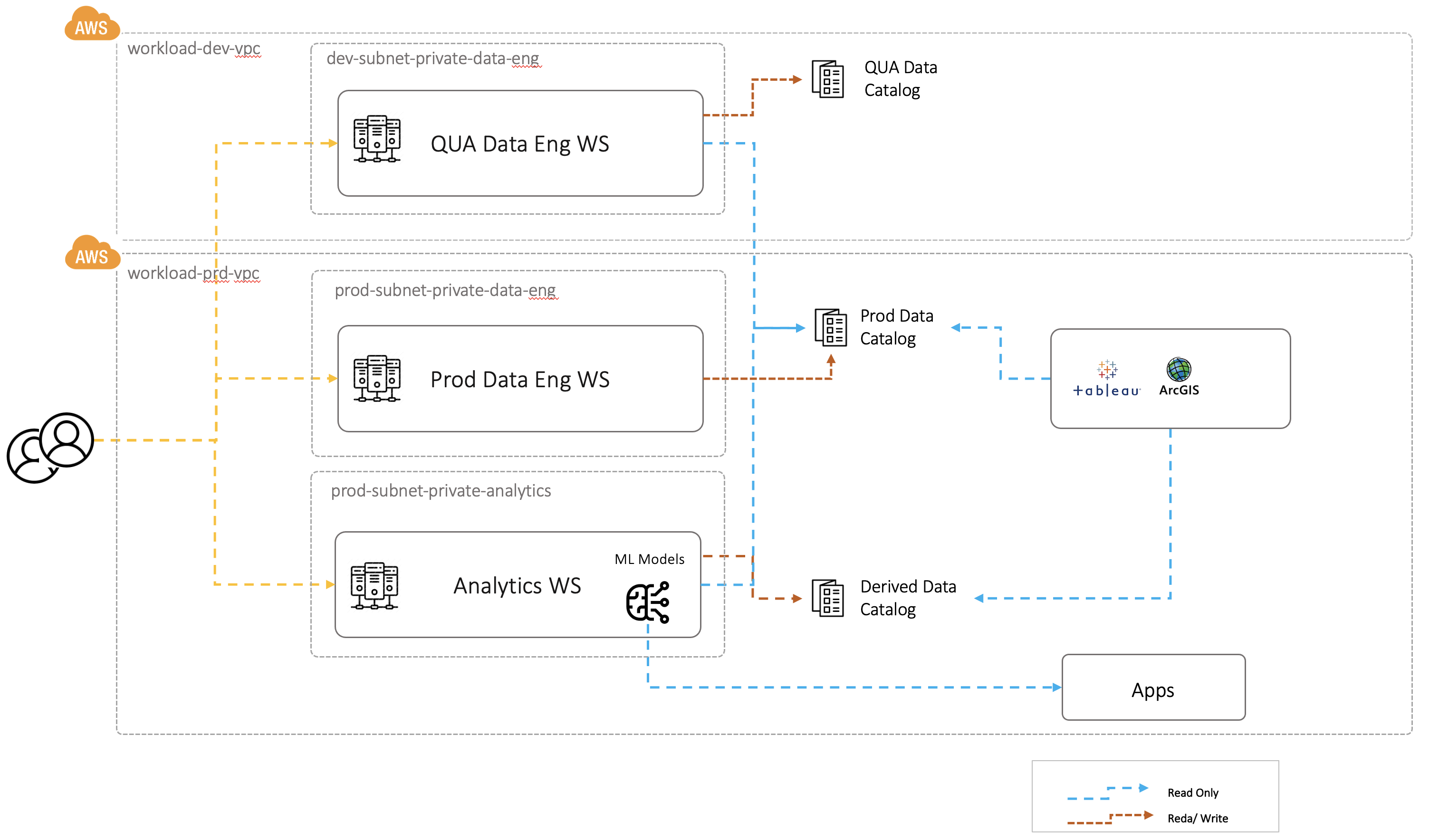Challenge
Our Customer, a large enterprise, faced significant challenges in managing and utilizing their vast amount of data. They had multiple internal applications generating data, but lacked a centralized platform to consolidate and analyze it effectively. Key challenges included:
-
Data Ingestion: The customer struggled with ingesting data from diverse sources at scale. Existing methods were inefficient and time-consuming, leading to delays in data availability and lack data quality
-
Data Consolidation: The lack of a centralized data platform hindered the customer’s ability to gain comprehensive insights from their data. Siloed data storage systems made it difficult to perform cross-application analytics and hindered collaboration.
-
Data Governance: The customer was concerned about maintaining data security and ensuring compliance with data privacy regulations. They needed robust security controls to protect sensitive information and enable secure access to authorized users.
-
Infrastructure Management: The customer’s existing infrastructure lacked scalability and required manual intervention for maintenance and updates. They desired an automated infrastructure management approach using Infrastructure as Code tools to enhance operational efficiency.
-
Advanced Analytics: The customer wanted to leverage machine learning capabilities for complex data analytics, but lacked the necessary infrastructure and tools to do so effectively.
The Solution
To address the challenges faced by our Customer, our team designed and implemented a comprehensive data lake house platform that provided the following capabilities:

-
Data Ingestion: We developed a scalable data ingestion framework that enabled seamless extraction and loading of data from various internal applications. The framework employed efficient data pipelines and utilized parallel processing techniques to significantly reduce ingestion time. We utilized Databricks Delta Lake to ensure data quality and consistency.
-
Data Consolidation: We established a centralized data lake house, leveraging modern technologies such as Databricks. The platform facilitated the ingestion, storage, and organization of diverse data types, enabling cross-application analytics and data collaboration.
-
Data Governance: To ensure data governance, we implemented robust security controls, including access controls, data encryption, and anonymization techniques using Databricks Unity Catalog. Role-based access control mechanisms were integrated to enforce fine-grained authorization, ensuring data privacy and compliance with relevant regulations.

-
Infrastructure Management: We adopted Infrastructure as Code tools, such as Terraform and Kubernetes, to create a manageable and scalable infrastructure. Automated deployment and configuration processes streamlined infrastructure management, reducing manual effort and enabling rapid scaling as needed.
-
Advanced Analytics: Our solution incorporated machine learning frameworks, enabling Customerto perform complex data analytics and derive valuable insights. Custom machine learning models were developed and integrated into the platform, allowing the customer to automate and optimize their decision-making processes.
Impact
The implementation of the data lake house platform had a profound impact on Customer data management and analytics capabilities:
-
Improved Data Accessibility: The platform enabled seamless ingestion of data from multiple internal applications, ensuring timely availability of data for analysis. Previously, data delays were a significant challenge that hindered decision-making processes.
-
Enhanced Collaboration: The centralized data platform promoted data collaboration and facilitated cross-application analytics. Different teams within the organization could now access and analyze shared data, leading to improved collaboration and more holistic insights.
-
Strengthened Data Governance: The implemented security controls and data governance mechanisms with enhanced data protection and compliance capabilities. Sensitive data was appropriately secured, and authorized users could access the data with controlled permissions, ensuring compliance with data privacy regulations.
-
Streamlined Infrastructure Management: The adoption of Infrastructure as Code tools improved infrastructure management efficiency. Withg out requiring a huge team customer is able to do Infrastructure updates, scaling, and maintenance. Tasks became automated, reducing manual effort and enabling the IT team to focus on strategic initiatives.
-
Empowered Advanced Analytics: With the inclusion of machine learning capabilities, Customer was able to perform complex data analytics and gain deeper insights into their data. They could now leverage predictive modeling,

